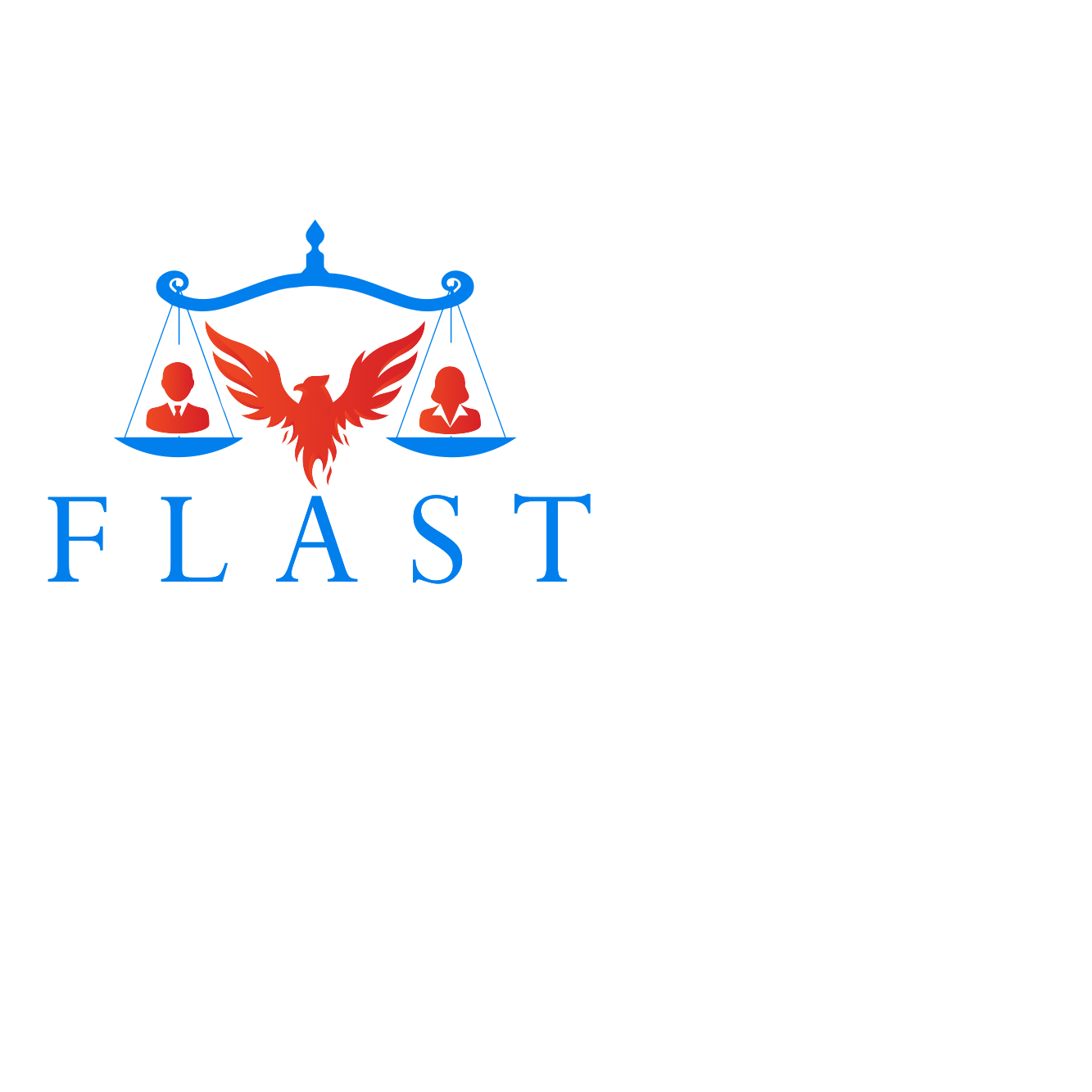- · 4849 friends
Dispute over 13 Year De Facto Relationship and Property Interests
Greyson & Maher [2022] FedCFamC1F 928 (1 December 2022)
This case involves a dispute between two self-employed professionals concerning the nature and duration of their relationship and the subsequent division of their property interests. The parties agree that they were in a 13 year de facto relationship from 2006 until 2019, with the applicant making the majority of the financial contributions during the period.
Facts:
This case concerns a dispute between the applicant, a 66 year old self-employed professional, and the respondent, a 59 year old self-employed professional, regarding the nature and duration of their relationship. The parties commenced their relationship in 2006, were engaged in 2012, and separated on a final basis on 25 January 2019. There are no children of this relationship, although both parties have children from previous marriages.
The applicant’s child is currently 36 years old and the respondent’s children are 29 and 24. In the lead up to the final hearing, the parties had different positions about the nature and duration of the relationship. The applicant described their relationship as being in two phases, being from 2006-2012, and from 2012-2019. However, during opening submissions, both parties conceded that they were in a de facto relationship from 2006 until 2019, being a 13 year relationship. The applicant accepted that the respondent would occasionally meet him while travelling and they would spend approximately 4-6 weeks together outside of Australia each year in his property in Country N. During the period from 2012 to 2019, following the purchase of B Street, the applicant agreed that while he was in Australia for approximately four to five months each year, he would stay predominately with the respondent.
The applicant made the vast majority of financial contributions, including the purchase of a house in 2012. The respondent initially sought to retain this property, but prior to the hearing sought a 38% share of the asset pool, including the applicant's shareholding in the H Ltd. The applicant argued that the shares had not vested in him and sought a 50% interest in the B Street property. The parties relied on various affidavits and financial statements during the final hearing, which lasted two days.
They both agreed to keep their finances separate, except for a property they purchased together. The respondent gave evidence that they spoke about finances frequently, but there was little evidence to support this statement. The respondent also gave evidence that they sought to have Wills drafted, but the applicant did not sign his Will in the terms proposed and was unhappy about being asked to do so.
Issue:
This dispute involves the adjustment of the property interests of the parties, with particular focus on the applicant's founding shareholding in H Ltd, and the assessment of both financial and non-financial contributions made by each party. It will also examine whether a global approach or asset-by-asset approach should be taken in distributing the property pool, as well as the percentage adjustment that should be made if it is deemed just and equitable.
Applicable law:
Family Law Act 1975 (Cth) s 90SM - provides that the court must not make an order under this section unless it is satisfied that, in all the circumstances, it is just and equitable to make the order.
Analysis:
The applicant in this case was an established investor with substantial assets when he began his relationship with the respondent. He had share portfolios in Australia and overseas, a property in Country N which he sold for nearly $1 million, and an unencumbered property in Suburb E. The respondent had an encumbered property in Suburb KK which she sold for $500,000, and a vehicle worth approximately $5,000.
The applicant provided the majority of the financial contributions throughout their relationship and the respondent provided the majority of the non-financial contributions. The respondent provided emotional and physical support to the applicant during his various health issues, assisted with the sale of his property in Country N, and provided the majority of the physical care for their shared property in B Street. The respondent also invested $100,000 into Z Company as an investment, which she has not seen a return on. The applicant purchased the B Street property in the respondent's name in order to avoid taxation penalties and to provide financial security for the respondent in the event of his death.
Conclusion:
The respondent has the option to acquire the applicant's one-half interest in B Street within thirty30 days of the orders. Payment of $1,100,000 is required if the option is exercised. If not, the applicant has the option to acquire the respondent's one-half interest within sixty60 days, with payment of the same sum. If neither party exercises their option, the respondent must sell B Street on the open market, with proceeds to be split equally between the parties. The respondent is solely liable for and indemnifies the applicant with respect to all liability for and in relation to B Street until Payment to Applicant or Payment to Respondent is made. The respondent must return the applicant's items of personalty if available, and each party is solely responsible for any liabilities in their name.
Case: Greyson & Maher [2022] FedCFamC1F 928
Judgment of: MCNAB J
Counsels:



